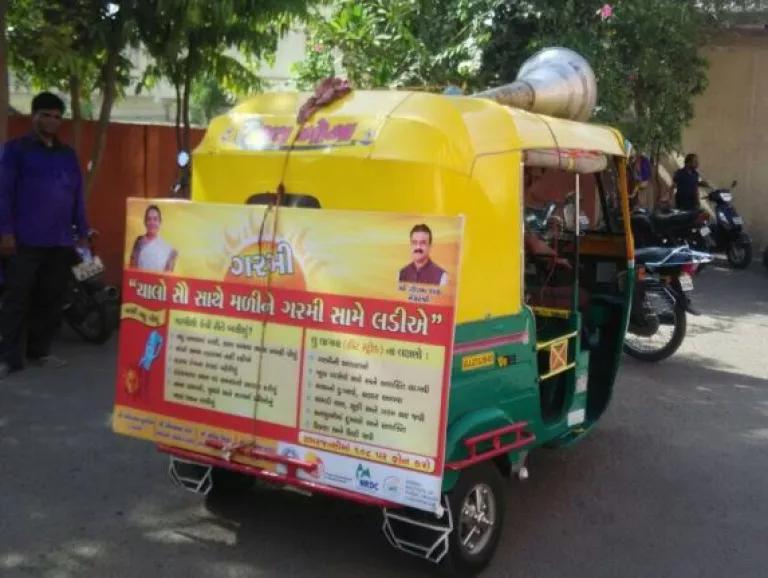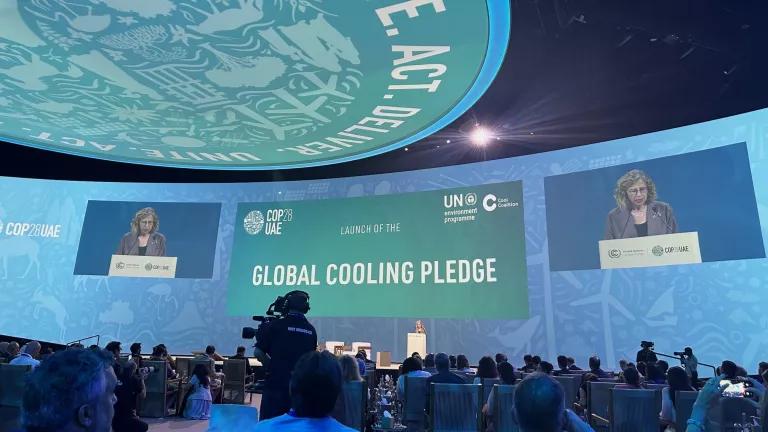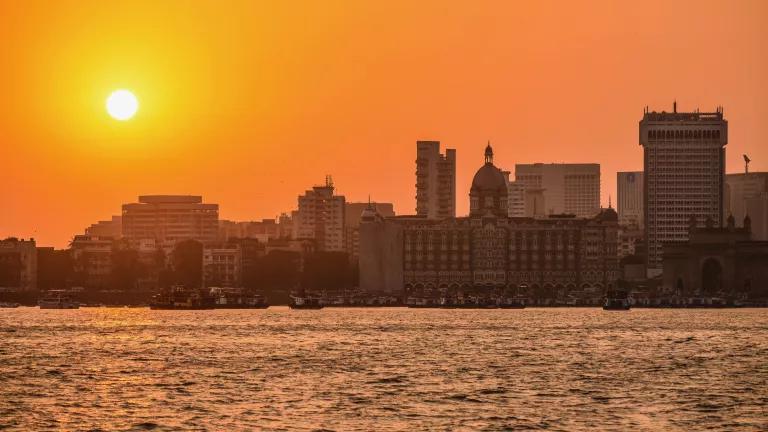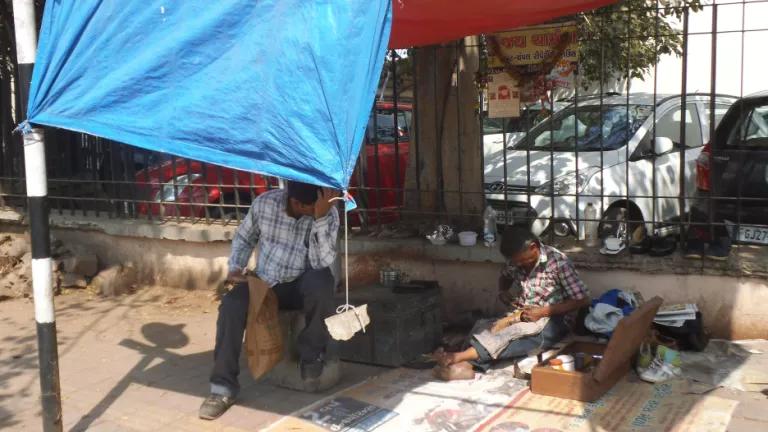Co-authored by Jessica Korsh
It’s only May, and we are already seeing record-breaking temperatures across the globe. April 2016 was the warmest April ever recorded globally, increasing the odds that 2016 could be the hottest year on record, beating records for the fourth consecutive year. India hit its hottest temperature ever with 51°C (123.8°F) in Phalodi, Rajasthan. Ahmedabad, Gujarat soared to 46.9°C (116.4°F), surpassing the previous record of 46.8°C (116.2°F) from the city’s deadly heat wave in May 2010. Some temperatures reported crossed 50°C (122°F) and local TV debated over which temperature is more accurate. Over 2,300 heat related fatalities occurred last year across India. However, less than 20 of these reported deaths (less than 1%) occurred in Ahmedabad, home to 7.2 million people.
The Indian Meteorological Department (IMD) has been integral in heat wave preparedness efforts. The IMD now provides a 5-day forecast to over 100 cities in India. This March, IMD issued its first ever season outlook warming of “above normal temperatures in January and February”, warmer than normal hot season and average temperatures across northwest India are expected to be “above normal by more than 1.0°C.”
Heat Action Plans – 3 Regions Spanning 10 Cities
Ahmedabad, in the state of Gujarat, showed that preparing for the harmful effects of extreme heat does not need to be complicated. Through the Ahmedabad Heat Action Plan (HAP), governments, health officials, and communities promote simple and practical actions such as drinking water and avoiding the sun that will immediately save lives. Building on the success in Ahmedabad, 3 regions spanning 10 cities have now launched Heat Action Plans. The regions of Nagpur in Maharashtra and Bhubaneswar in Odisha launched HAPs in March 2016 in advance of heat season. The record-breaking temperatures this heat seasons are certainly testing the new plans.

NRDC Issue Brief March 2016
While Ahmedabad has provided a model framework for heat wave preparedness, threshold temperatures in other cities and states may need to be adjusted for local weather conditions. Correlation of daily temperature and mortality is an integral part of establishing safe (temperature) thresholds. The central IMD, located in New Delhi, continues to work closely with local IMD offices.
Ahmedabad Highlights
Ahmedabad, Gujarat: Tremendous public awareness has proven immensely effective in mitigating heat related deaths. HAP information is disseminated by informational materials (billboards and advertisements) and more recently through the use of technology such as the mobile application WhatsApp, Facebook, and text messages. During this month, the city’s Municipal Corporation issued an extreme heat alert (red) for three days indicating that mean temperatures will be 45°C (113°F) or greater. Residents have been asked to drink 6-7 liters of water a day and avoid going out in the open sun between 11am-6pm.

Auto-rickshaw awareness campaign in Ahmedabad.
Nagpur Region Highlights
Nagpur, Maharashtra: Through exemplary leadership (Maharashtra State Public Health Department and Nagpur Municipal Corporation) the Nagpur Regional HAP has coordinated between Nagpur and four neighboring cities, creating the first regional approach to heat wave planning in India. Analysis of mortality rates in Nagpur indicated setting a threshold temperature of 43°C (109.4°F) for a heat alert day (orange) and extreme heat alert day (red) for temperatures of 45°C (113°F) or greater. Nagpur has also identified particularly vulnerable populations, such as children and elderly, as part of the HAP. This year 340 heat illness cases have already been reported. The number of heat related deaths is uncertain at this time, but could be as high as 16. A committee has been formed to assess whether these 16 deaths were heat related. Tremendous HAP publicity is occurring in Nagpur, as well as citizen awareness walks in Gondia, Chandrapur, Nanded, Jalgaon.

Awareness march and campaign in Chandrapur.
Odisha Region Highlights
Bhubaneswar, Odisha: this year Bhubaneswar has already experienced record breaking heat with temperatures reaching 45.8°C (144.4°F). Odisha’s HAP was rapidly integrated into the existing state-wide advanced disaster management system. The Odisha State Disaster Management Authority along with the local IMD have issued heatwave warnings. Together with media and civil society groups, Odisha is conducting community outreach ad providing water to vulnerable groups. Odisha is still developing a threshold temperature to issue heat alerts via emails and text messages to government departments and the media.
These three highlighted cities have demonstrated India’s commitment to quickly, yet effectively advance, their heat resilience efforts. Heat waves will continue to affect India, particularly in a warming world. Based on the recent record breaking temperatures, HAPs cannot come fast enough. Ahmedabad’s partners in development of the HAP and the new regional HAPs include the Indian Institute of Public health, Public Health Foundation of India, Mount Sinai School of Medicine, University of Washington (School of Medicine), Rollins School of Public Health at Emory University, the Natural Resources Defense Council, and supported by the Climate Development Knowledge Network. The state of Telangana in south India is also developing a heat action plan and the National Disaster Management Authority is planning to expand HAPs across India.
Later this week, the US Embassy in New Delhi is hosting a Facebook chat on Wednesday, 25th May for extreme heat week. NRDC’s Nehmat Kaur will share our experiences the heat action plan and the impact of the heat action plans on during the chat. #heatsafety

New “Do's and Don’ts advertisement in Chandrapur and Nagur.



